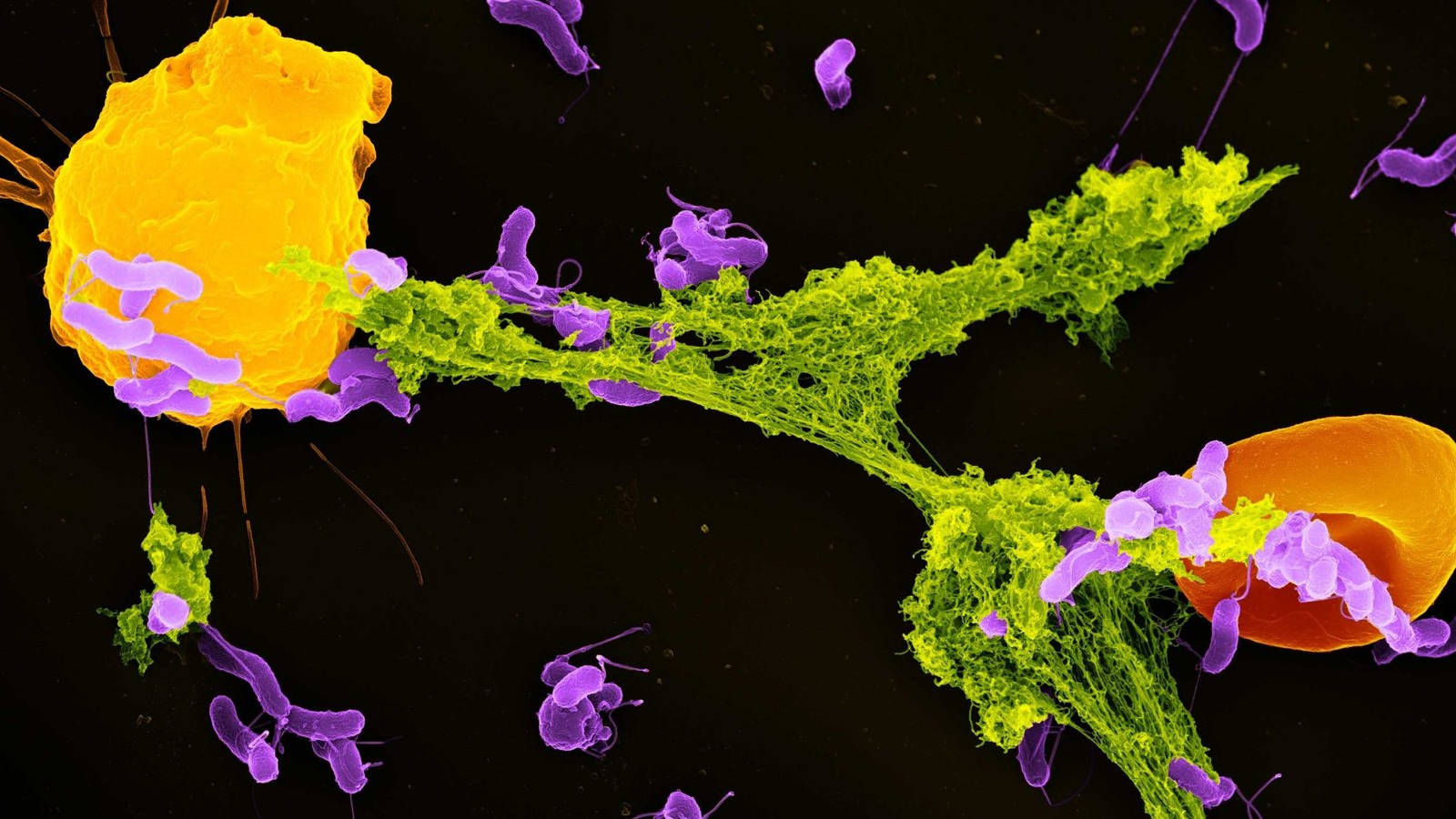People Fall in Love, Brain and Soul

When it comes to falling in love, the brain may be just as involved as the heart, new research finds.
Stephanie Ortigue of Syracuse University and her colleagues reviewed and ran statistical analyses on past brain research aimed at understanding love and found that 12 areas of your brain seem to be working together when just a glimpse at Mr. Right or Ms. Right makes you swoon.
Ortigue said the analysis, detailed in a recent issue of the Journal of Sexual Medicine, will be followed up by a study that suggests it takes about a fifth of a second to fall in love. That study has been submitted to a scientific journal and is expected to be released soon.
While "love is one of the most important concepts in life," Ortigue said it is not well understood. "As a scientist I wanted to bring some rationality to the irrational, and to see if love exists in the brain," Ortigue told LiveScience.
The team found that when a person falls in love, different areas of the brain release euphoria-inducing chemicals such as dopamine, oxytocin (the so-called love hormone), adrenaline and vasopressin (known from animal studies to cause aggression and territorial behavior).
Other studies have suggested blood levels of nerve growth factor (NGF), a protein that plays a role in the survival and maintenance of brain cells, also increase. Those levels were found to be significantly higher in couples who had just fallen in love. Ortigue said this molecule also plays an important role in the social chemistry between humans, or the phenomenon of love at first sight.
"These results confirm love has a scientific basis," she added.
Get the world’s most fascinating discoveries delivered straight to your inbox.
Romantic love
And not all love is created equal. The analysis found that different parts of the brain are activated for different types of love. For example, in the first brain study of romantic love, researchers recruited 17 volunteers who were "truly, deeply and madly in love" with a partner. [Related: Romantic Love Is an Addiction]
When gazing at their significant others, the participants showed brain activity in the so-called dopaminergic subcortical system shown to be active in people who were under the influence of euphoria-inducing drugs such as cocaine. This same high, rather than motivating one to seek out drugs, might motivate a person to pursue a love interest, Ortigue suggested. In addition, passionate love also seemed to activate brain regions associated with emotional behaviors, such as sexual arousal. That finding supports research showing a couple's sexual satisfaction and their feelings of love are linked.
In addition, studies showed an area of the brain involved in body image, or how a person understands and pictures oneself, was more activated in passionate love than other types of love. “"When love doesn’t go well, instead of focusing on what's going wrong between the two partners we might want to study how they represent their body image for themselves." A better body image might also lead to a better relationship.
Maternal love
In a 2004 study published in the journal Neuroimage, researchers focused on maternal love in the brains of 20 mothers. Brain activity was monitored while moms looked at pictures of their own child, of another child of the same age with whom they were acquainted, their best friend, and of another acquaintance.
Compared with passionate-love brain activity that had been measured in a prior study, the researchers found maternal love, but not the romantic kind, showed up in a region deep in the middle of the brain called periaqueductal gray matter (PAG) – an area that contains receptors for mother-child bonding.
In a 2009 study of unconditional love, Mario Beauregard of the University of Montreal and colleagues had 17 participants look at pictures showing children and adults with intellectual disabilities. Then, the participants looked at those same pictures, but this time they had to generate feelings of unconditional love toward the images. Results showed significant brain activity in some of the brain's reward systems (also linked to passionate and mama-child love), along with the PAG region implicated in maternal love. Ortigue said maternal and unconditional love likely rely on similar processes in the brain.
Since higher-order thinking regions of the brain were implicated in love, the researchers point out in the journal article: "This reinforces the fact that love is more than a basic emotion. Love also involves cognition."
Ortigue's follow-up study, about the speed of love in the human brain, suggests that when a person sees a potential mate, brain regions go to work reviewing past experiences. In a flash, the brain processes can mean the difference between feeling butterflies in your stomach (he or she is the one) or not.
Both findings could help scientists understand what it means to fall in love and why we get so heartbroken after a breakup.
- 10 Things You Didn't Know About the Brain
- 10 Things Every Woman Should Know About a Man's Brain
- 10 Surprising Sex Statistics
Jeanna Bryner is managing editor of Scientific American. Previously she was editor in chief of Live Science and, prior to that, an editor at Scholastic's Science World magazine. Bryner has an English degree from Salisbury University, a master's degree in biogeochemistry and environmental sciences from the University of Maryland and a graduate science journalism degree from New York University. She has worked as a biologist in Florida, where she monitored wetlands and did field surveys for endangered species, including the gorgeous Florida Scrub Jay. She also received an ocean sciences journalism fellowship from the Woods Hole Oceanographic Institution. She is a firm believer that science is for everyone and that just about everything can be viewed through the lens of science.
